What is Long-Term Investing?
Before diving into the stocks, let’s define what long-term investing means. Typically, it involves holding investments for five to ten years or longer. This approach allows you to ride out short-term market volatility and capitalize on the power of compounding—the process where your investment gains generate additional earnings over time. Unlike day trading or short-term speculation, long-term investing focuses on the intrinsic value of a company rather than its daily price fluctuations.
Table of Contents
Why Choose Long-Term Investing?
- Compounding Returns: The longer you stay invested, the more your money grows exponentially as returns build on previous gains.
- Lower Risk: Holding stocks over an extended period reduces the impact of market dips, offering more stability.
- Cost Efficiency: Fewer transactions mean lower fees and taxes, preserving your capital.
- Emotional Stability: A long-term mindset helps you avoid knee-jerk reactions to market swings.
How to Pick Stocks for Long-Term Success
Not all stocks are created equal when it comes to long-term investing. To identify the best candidates, consider these key factors:
- Strong Fundamentals: Look for companies with solid balance sheets, positive cash flow, and consistent revenue growth.
- Market Position: Companies with a dominant or growing share in their industry often have a competitive edge.
- Growth Potential: Invest in sectors with a bright future, like technology, healthcare, or renewable energy.
- Management Quality: A capable leadership team can steer a company through challenges and capitalize on opportunities.
- Dividend Track Record: Stocks that pay dividends signal financial health and can provide passive income.
With these criteria in mind, let’s explore the top 10 stocks that promise high returns for the long-term future.
Top 10 Stocks for Long-Term High Returns
These stocks have been selected based on their strong fundamentals, market leadership, and potential to thrive over the next decade. Each one offers a unique value proposition for long-term investors.
1. Taiwan Semiconductor Manufacturing Company (TSMC)
Overview:
TSMC is the world’s leading contract chip manufacturer, producing semiconductors for giants like Apple, NVIDIA, and AMD. With a market share of nearly 60%, it’s a linchpin in the global tech supply chain.
Why It’s a Long-Term Winner:
- Industry Dominance: TSMC’s cutting-edge technology gives it a wide moat against competitors.
- Growth Drivers: Rising demand for chips in AI, 5G, and electric vehicles ensures a robust future.
- Financial Resilience: High profit margins and steady revenue growth bolster its stability.
Key Metrics:
- Market Cap: $600 billion
- P/E Ratio: 25
- Dividend Yield: 1.5%
- 5-Year Return: 150%
“TSMC’s disciplined approach to innovation and capital allocation ensures its leadership in semiconductors for the long haul.” — Morningstar Analyst
2. Rentokil Initial
Overview:
Rentokil Initial dominates the pest control and hygiene services market, operating in over 80 countries. Its aggressive acquisition strategy, including the 2022 purchase of Terminix, has expanded its global footprint.
Why It’s a Long-Term Winner:
- Market Leadership: Strong local presence creates a durable competitive advantage.
- Acquisition Strategy: Strategic buyouts enhance its scale and profitability.
- Stable Demand: Pest control and hygiene are recession-resistant industries.
Key Metrics:
- Market Cap: $15 billion
- P/E Ratio: 20
- Dividend Yield: 2.0%
- 5-Year Return: 80%
“Rentokil’s focus on geographic density through acquisitions builds a moat that’s tough to crack.” — Grant Slade, Morningstar Senior Analyst

3. Avenue Supermarts (D-Mart)
Overview:
Avenue Supermarts runs D-Mart, a fast-growing retail chain in India known for affordable, high-quality products. It’s a favorite among value-conscious consumers.
Why It’s a Long-Term Winner:
- Expansion Plans: Aggressive store openings signal significant growth ahead.
- Customer Loyalty: Its value-for-money model fosters a devoted customer base.
- Debt-Free: A clean balance sheet supports sustainable growth.
Key Metrics:
- Market Cap: $30 billion
- P/E Ratio: 45
- Dividend Yield: 0.5%
- 5-Year Return: 200%
“D-Mart’s ability to deliver value resonates with India’s growing middle class, setting it up for long-term success.” — Financial Analyst
4. Microsoft Corporation
Overview:
Microsoft is a tech titan with a diverse portfolio, including Windows, Office, and Azure cloud services. It’s a leader in enterprise software and cloud computing.
Why It’s a Long-Term Winner:
- Multiple Revenue Streams: Growth in cloud and AI complements its legacy businesses.
- Innovation Leader: Investments in AI and quantum computing keep it ahead of the curve.
- Market Staple: Its products are essential for businesses worldwide.
Key Metrics:
- Market Cap: $2.5 trillion
- P/E Ratio: 35
- Dividend Yield: 0.8%
- 5-Year Return: 250%
“Microsoft’s adaptability and innovation make it a cornerstone of the tech sector with a bright future.” — Tech Analyst
5. NVIDIA Corporation
Overview:
NVIDIA revolutionized graphics processing with its GPUs and now leads the AI computing space. Its chips power gaming, data centers, and machine learning.
Why It’s a Long-Term Winner:
- AI Dominance: NVIDIA’s GPUs are the go-to for AI development.
- Explosive Growth: The expanding AI market offers massive upside.
- Financial Strength: High margins and revenue growth support its valuation.
Key Metrics:
- Market Cap: $1.2 trillion
- P/E Ratio: 60
- Dividend Yield: 0.1%
- 5-Year Return: 400%
“NVIDIA is at the forefront of the AI revolution, making it a key player in the future of technology.” — Investment Strategist
6. Alphabet Inc. (Google)
Overview:
Alphabet, Google’s parent company, dominates online search and advertising while expanding into cloud computing, AI, and autonomous driving through subsidiaries like Waymo.
Why It’s a Long-Term Winner:
- Ad Revenue: Google’s 90%+ search market share ensures steady income.
- Cloud Expansion: Google Cloud is gaining traction in a high-growth sector.
- Future Tech: Investments in AI and self-driving cars promise long-term payoffs.
Key Metrics:
- Market Cap: $2.0 trillion
- P/E Ratio: 25
- Dividend Yield: 0%
- 5-Year Return: 150%
“Alphabet’s diversified model and relentless innovation make it a must-own stock for the long term.” — Financial Expert
7. Amazon.com, Inc.
Overview:
Amazon is the king of e-commerce and cloud computing via AWS. It’s also venturing into healthcare, logistics, and streaming.
Why It’s a Long-Term Winner:
- E-commerce Leader: Unrivaled market share in online retail.
- Cloud Powerhouse: AWS drives high-margin growth.
- Disruptive Potential: New ventures keep Amazon ahead of competitors.
Key Metrics:
- Market Cap: $1.8 trillion
- P/E Ratio: 50
- Dividend Yield: 0%
- 5-Year Return: 100%
“Amazon’s ability to disrupt industries ensures its growth potential endures.” — Market Analyst
8. Visa Inc.
Overview:
Visa operates the world’s largest electronic payments network, facilitating transactions globally. It thrives in the shift to a cashless economy.
Why It’s a Long-Term Winner:
- Network Moat: Its vast payment infrastructure is hard to replicate.
- Digital Trend: The rise of cashless payments fuels growth.
- Profitability: High margins and steady revenue make it reliable.
Key Metrics:
- Market Cap: $500 billion
- P/E Ratio: 30
- Dividend Yield: 0.7%
- 5-Year Return: 80%
“Visa’s role in global payments is irreplaceable, securing its place in long-term portfolios.” — Financial Advisor

9. Johnson & Johnson
Overview:
Johnson & Johnson is a healthcare giant with a broad portfolio in pharmaceuticals, medical devices, and consumer goods. It’s a Dividend Aristocrat with 60 years of payout increases.
Why It’s a Long-Term Winner:
- Diversified Income: Multiple segments reduce risk.
- Dividend Reliability: A steady income stream for investors.
- Innovation Pipeline: New drugs and devices ensure future growth.
Key Metrics:
- Market Cap: $400 billion
- P/E Ratio: 20
- Dividend Yield: 2.5%
- 5-Year Return: 50%
“Johnson & Johnson’s commitment to shareholders and innovation makes it a healthcare stalwart.” — Investment Analyst
10. Berkshire Hathaway Inc.
Overview:
Led by Warren Buffett, Berkshire Hathaway is a conglomerate with holdings in insurance, railroads, utilities, and more. It’s a masterclass in value investing.
Why It’s a Long-Term Winner:
- Diversification: Exposure to varied industries offers stability.
- Legendary Leadership: Buffett’s expertise drives smart investments.
- Cash Reserves: Billions in cash allow for strategic moves.
Key Metrics:
- Market Cap: $700 billion
- P/E Ratio: 15
- Dividend Yield: 0%
- 5-Year Return: 60%
“Berkshire Hathaway’s disciplined strategy and diverse portfolio make it a timeless long-term pick.” — Financial Expert
Comparison Table of the Top 10 Stocks
Here’s a quick reference table to compare these stocks based on key metrics:
| Stock | Market Cap | P/E Ratio | Dividend Yield | 5-Year Return |
|---|---|---|---|---|
| TSMC | $600B | 25 | 1.5% | 150% |
| Rentokil Initial | $15B | 20 | 2.0% | 80% |
| Avenue Supermarts | $30B | 45 | 0.5% | 200% |
| Microsoft | $2.5T | 35 | 0.8% | 250% |
| NVIDIA | $1.2T | 60 | 0.1% | 400% |
| Alphabet | $2.0T | 25 | 0% | 150% |
| Amazon | $1.8T | 50 | 0% | 100% |
| Visa | $500B | 30 | 0.7% | 80% |
| Johnson & Johnson | $400B | 20 | 2.5% | 50% |
| Berkshire Hathaway | $700B | 15 | 0% | 60% |
Additional Insights: Why These Stocks Stand Out
Growth Sectors Represented
- Technology: TSMC, Microsoft, NVIDIA, Alphabet, and Amazon lead in semiconductors, software, AI, and cloud computing—sectors with explosive long-term potential.
- Consumer Services: Rentokil Initial and Avenue Supermarts tap into stable and growing demand for hygiene and retail.
- Finance & Healthcare: Visa and Johnson & Johnson offer reliability and resilience.
- Diversified Investing: Berkshire Hathaway provides a balanced approach across industries.
Risk vs. Reward
While high-growth stocks like NVIDIA and Amazon offer massive upside, they come with higher P/E ratios and volatility. Conversely, stable picks like Johnson & Johnson and Visa provide lower risk with steady returns.
FAQs About Long-Term Investing
1. What is long-term investing?
Long-term investing means holding stocks for five to ten years or more, focusing on compounding growth and minimizing short-term volatility.
2. How do I pick stocks for the long term?
Look for companies with strong fundamentals, a competitive edge, and exposure to growing industries. Consider financial health, management quality, and dividend history.
3. What are the risks of long-term investing?
Risks include economic downturns, company-specific setbacks, or sector declines. Diversification and research can mitigate these.
4. Are dividend stocks better for the long term?
Dividend stocks like Johnson & Johnson offer income and stability, making them attractive for conservative investors, though growth stocks may yield higher total returns.
5. How often should I check my portfolio?
Review annually to ensure alignment with your goals, but avoid overreacting to short-term changes.
6. Can I lose money in long-term investing?
Yes, but the risk decreases over time with a diversified portfolio of strong companies.
Tips for Long-Term Investing Success
- Diversify: Spread investments across sectors to reduce risk.
- Stay Patient: Resist selling during dips; focus on the bigger picture.
- Research Regularly: Stay informed about your stocks’ performance and industry trends.
- Reinvest Dividends: Boost compounding by putting dividends back into your portfolio.
Conclusion: Building Wealth for the Future
Long-term investing is about planting seeds today for a bountiful harvest tomorrow. The top 10 stocks—TSMC, Rentokil Initial, Avenue Supermarts, Microsoft, NVIDIA, Alphabet, Amazon, Visa, Johnson & Johnson, and Berkshire Hathaway—offer a compelling mix of growth, stability, and innovation. Whether you’re drawn to tech giants reshaping the world or steady performers with proven track records, these stocks provide a foundation for high returns over the long haul.





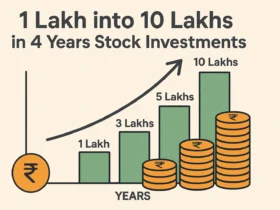


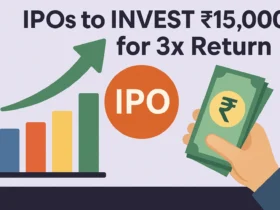










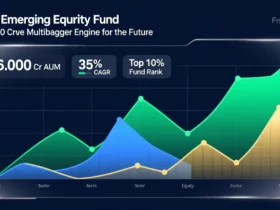
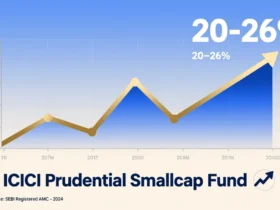


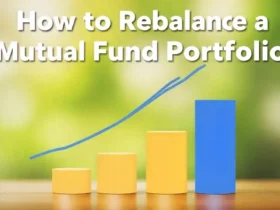
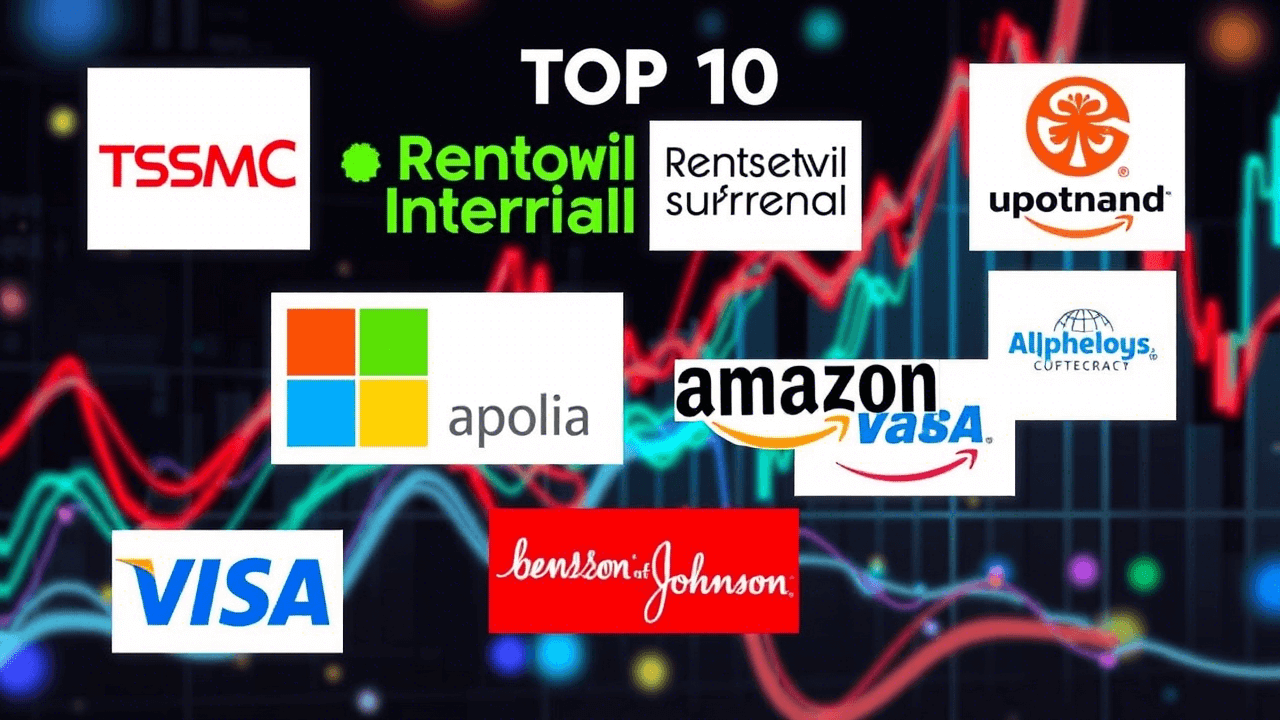






Leave a Reply